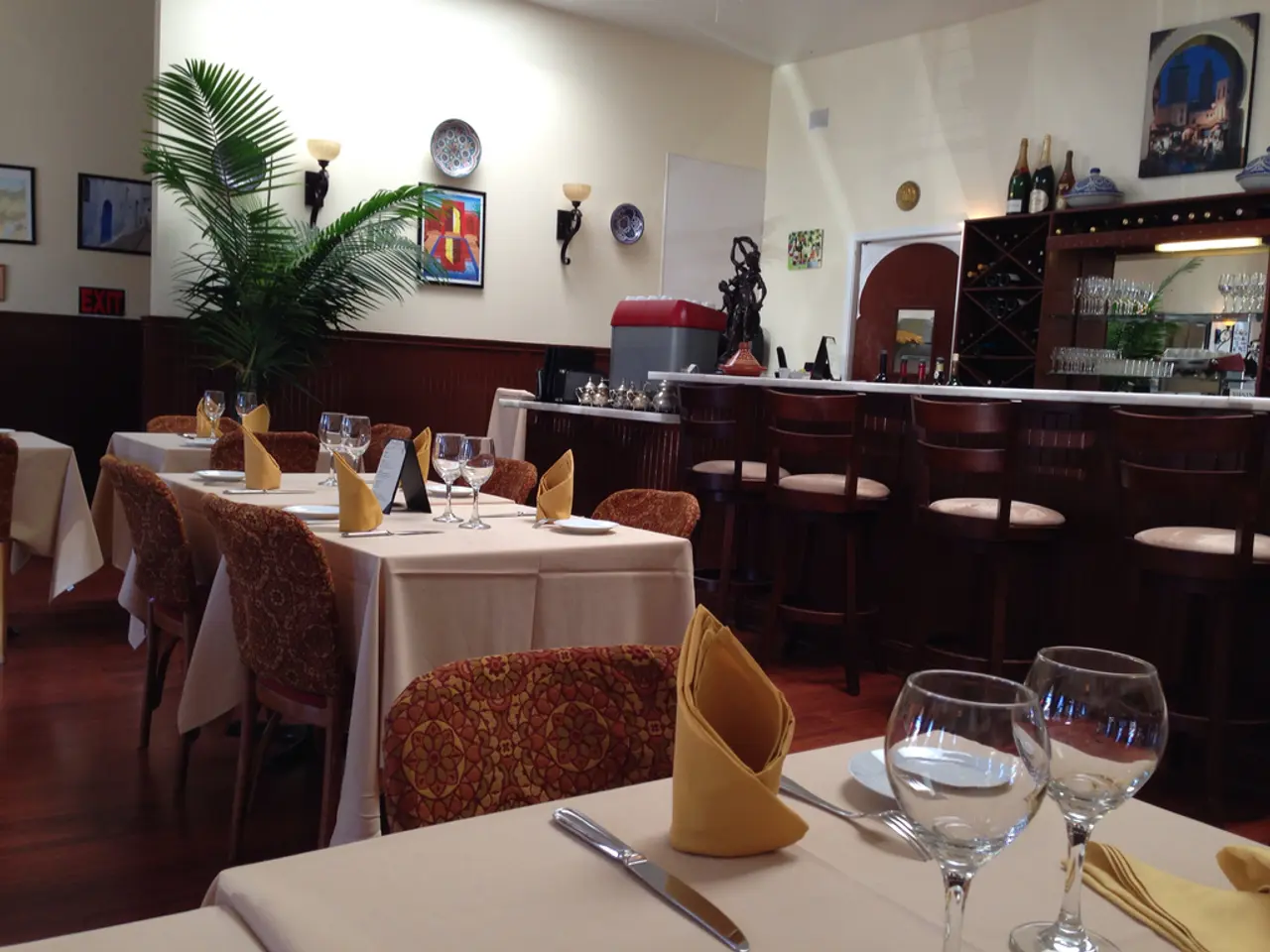Delve into the past and present of Crato: Explore its historical roots and traditional pottery crafts!
Crato, Portugal: A Medieval Gem Rich in History and Tradition
Nestled in the district of Portalegre, the charming village of Crato is a popular tourist destination that offers a captivating blend of history, culture, and natural beauty.
Crato's significance lies in its rich history of resistance against Spanish invasions, a testament to its strategic location and military importance. The village is home to several landmarks that echo this past, including the Flor da Rosa Convent (Monastery) and Crato Castle.
The Flor da Rosa Convent, a fortress-like Gothic monastery dating back to the 14th century, is a unique and significant monument. It was built by the Knights Hospitaller and stands out as one of Portugal’s most impressive Gothic complexes. Visitors can gain insight into the region's medieval religious and military history by exploring this remarkable structure.
Crato Castle, the town's castle, is another symbol of local resistance, particularly during conflicts with Spain. The town square, Praça do Município, provides an opportunity to learn more about Crato’s local history and enjoy its traditional atmosphere.
Beyond its historical attractions, Crato is famed for its pottery, a distinctive aspect of its cultural identity. Local artisans produce ceramics with traditional motifs and techniques passed down through generations, reflecting the region's heritage. A pottery school in Crato has been established to preserve this traditional craft.
The region surrounding Crato is also known for its robust traditional dishes, often featuring local produce such as olive oil, bread, cheese, sausages, and hearty stews. While specific signature dishes of Crato are not widely detailed, the Alentejo cuisine in general emphasizes slow-cooked meat, pork, and seasonal vegetables, complemented by regional wines. Tomato soup is a consensus gastronomic flavor in the Alentejo region.
Tourists visit Crato not only to learn about its history and see the marks of past invasions but also to immerse themselves in its unique cultural offerings. The tourist population significantly increases at the end of August, during the Festival do Crato, a notable event that attracts more tourists to the village.
The Mosteiro Flor da Rosa has been transformed into a Pousada, a type of hotel in Portugal, providing visitors with a chance to stay in one of the country's most emblematic pousadas since the 90s.
The number of tourists in Crato during summer months is approximately a thousand. Despite this, the unique flavors of the Alentejo region's gastronomy do not get lost over time, ensuring that visitors continue to be captivated by the region's culinary delights.
Nearby attractions, such as the Serra de São Mamede Natural Park and several other historical sites in the Portalegre district, further enhance Crato’s appeal, making it a worthwhile cultural and natural destination. The village of Crato, with its rich history, vibrant culture, and picturesque landscapes, is a must-visit for anyone seeking a truly authentic Portuguese experience.
In the heart of the village's rich history, tourists can also immerse themselves in the local home-and-garden traditions, where pottery, a distinctive aspect of Crato's cultural identity, is still lovingly crafted by local artisans. Beyond the historical landmarks, the region boasts a lifestyle rooted in the flavors of Alentejo cuisine, with traditional dishes featuring local produce, such as tomato soup, a consensus gastronomic flavor that continues to captivate visitors.




